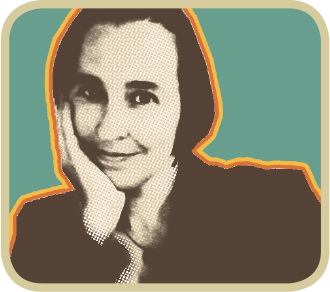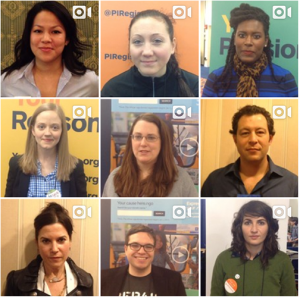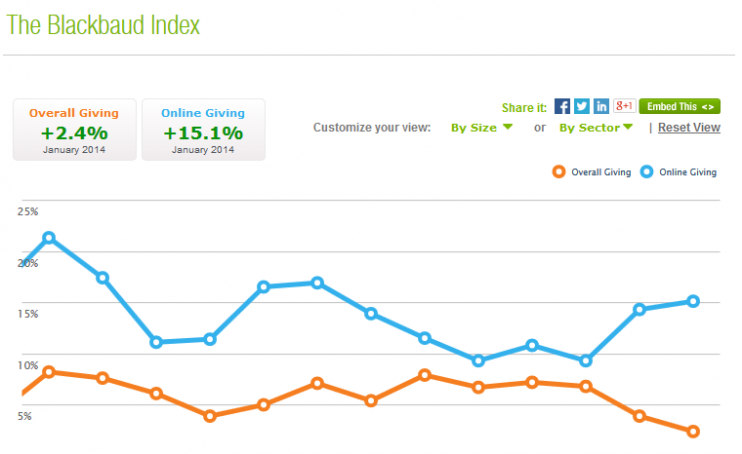
Guest post by Mazarine Treyz, author of The Wild Woman's Guide to Fundraising, called one of the Top 10 books of 2010 by Beth Kanter, and author of the Networked Nonprofit. Her second book is The Wild Woman’s Guide to Social Media, published 2012, given a 5 star rating by About.com. Her latest book, Get the Job! Your Fundraising Career Empowerment Guide, was given a 5 star review by About.com.
Our donors don’t give year after year
Donors staying loyal is the exception, not the rule. According to Chuck Longfield, ten years ago the average retention rates of a newly acquired donor were roughly 33%. Today it's 27%.
What can we do about this?
Make a donor retention calendar to keep your donors loyal!
OK, so donor retention isn’t part of your job description.
Your boss probably doesn’t religiously count how many donors were retained and how many were lost every year.
You just have to get money in, by any means necessary.
Meanwhile, that grant needs to get written, that trade show with potential sponsors is next week and you’ve got to craft your pitch, and your big event is coming up in two months and there’s still so much to do!
There's so much on your plate! How can you keep your head above water?
"Remember, good customer service is often just deciding what you’re going to be bad at, so that you can focus on the things that matter." – Uncommon Service, by Frei & Morriss
Even though this quote is from a for-profit business book, I’d like to invite you to think of it as donor service. Remember, good donor service is just deciding what you’re going to be bad at.
Here are 4 Steps to help you focus on the things that matter:
Step One: Don’t Focus on Everyone!
Try focusing on:
- People who gave multiple times per year for the last two years.
- People who give monthly
- People who gave once a year for the last two years
- Former board members (from the last two years)
- Current volunteers
Another way to make this process less overwhelming is to decide different levels attention for different levels of donations.
Do you have a donations policy? Why not create a thanking policy?
Step Two: Make your Donor Retention more Manageable by Creating a Thanking Policy
Here are some examples of thanking policies:
1. Over $100 Check in the mail: Thank them with a phone call & letter.
2. Over $1000 check in the mail: Call them up and see if you can go to coffee
3. Multi-year donor: thank them with a phone call
4. Once a year thank-a-thon for all donors
5. Thank recent donors on the anniversary of their first donation, and ask if they’d like to give again.
Step Three: Put it all Together in your Donor Retention Calendar
Once you know WHO to focus on, what does a donor retention calendar include?
- Appeals
- Surprise and delight tactics
- Surveys
- Friendraisers
- Thank you notes
- Monthly e-newsletter themes
- Phone-a-thons
- Thank-a-Thons
- Volunteer Appreciation Days
BOTTOM LINE: Solicitations Calendar + Surveys + Event Calendar + E-News Calendar = Donor Retention Calendar
BUT IT’S TOO MUCH TO DO!
How can you fit all of these extra donor retention tasks into your already busy schedule?
You need to start having the conversation with your board, your volunteers, and other staff, that EVERYONE needs to be taking responsibility for fundraising.
On a personal level, try something that looks like this:
Step four: Putting Retention into Action Every Day
Monday: Coffee with a donor
Tuesday: Email a donor
Wednesday: Call a donor
Thursday: Thank a donor with a note
Friday: Write up all donor touches, add to board report
If you’d like to get started on a systematic way to keep your donors, I have an e-course called Secrets of Keeping Your Donors that you might like, starting on March 28th, 2014. Go here to check it out!
And for even more expert advice on donor retention, check out our npEXPERT eBook and webinar series!

photo cred: Sparklehausen, Flickr Creative Commons
View full article
(unsubscribe from this feed)













